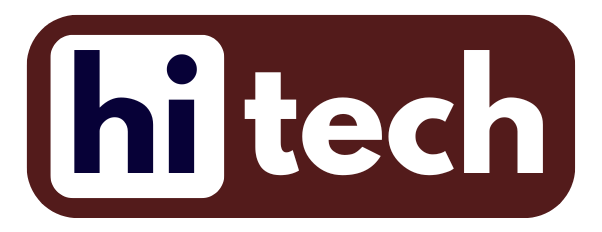In today’s rapidly evolving business landscape, workforce planning has become more critical than ever. It’s the strategic process through which organizations anticipate their future talent needs and align their resources accordingly. A key challenge in this endeavor lies in balancing the demand for skilled workers with the available supply. In this article, we’ll explore the strategies and best practices for achieving this delicate equilibrium.
Understanding Workforce Planning
Workforce planning involves a comprehensive assessment of an organization’s current and future talent requirements. This process encompasses several key steps:
- Environmental Scan: Organizations must conduct a thorough analysis of both internal and external factors that could impact their workforce needs. This includes examining industry trends, technological advancements, regulatory changes, and internal business objectives.
- Demand Forecasting: Based on the insights gathered from the environmental scan, organizations can forecast their future talent needs. This involves projecting staffing levels, skill requirements, and resource allocation for various departments and functions.
- Supply Analysis: Concurrently, organizations need to assess the availability and readiness of talent in the labor market. This includes evaluating demographic trends, skill shortages, and potential sources of recruitment.
Read Also: REDEFINING CX AUTOMATION: HOW AI IS FOSTERING A REFURBISHED ECOMMERCE LANDSCAPE
Balancing Demand and Supply
Achieving a balance between demand and supply is crucial for ensuring that organizations have the right talent in the right place at the right time. Here are some strategies to accomplish this:
- Strategic Alignment: Workforce planning should be closely aligned with the organization’s strategic objectives. By understanding where the business is headed, HR professionals can anticipate the types of skills and competencies that will be needed to support those goals.
- Data-Driven Insights: Leveraging data analytics can provide valuable insights into future talent needs. By analyzing historical workforce data, as well as external labor market trends, organizations can make more accurate forecasts and predictions.
- Talent Development: Investing in employee training and development programs can help bridge the gap between current skills and future requirements. By upskilling existing staff, organizations can reduce their reliance on external hiring and cultivate a more agile workforce.
- Flexible Staffing Models: Embracing flexible staffing arrangements, such as contingent workers, freelancers, and remote employees, can provide organizations with greater agility and scalability. This allows them to adjust their workforce size and composition in response to changing demand.
- Recruitment Strategies: Developing innovative recruitment strategies can help organizations attract and retain top talent. This may involve building employer branding initiatives, establishing talent pipelines, and leveraging social media and technology platforms for candidate sourcing.
In today’s competitive business environment, effective workforce planning is essential for organizational success. By balancing the demand for talent with the available supply, organizations can ensure that they have the right people with the right skills to drive innovation, growth, and performance. By adopting a strategic and data-driven approach to workforce planning, organizations can navigate the complexities of the modern labor market and position themselves for long-term success.
For News Updates Click Here




